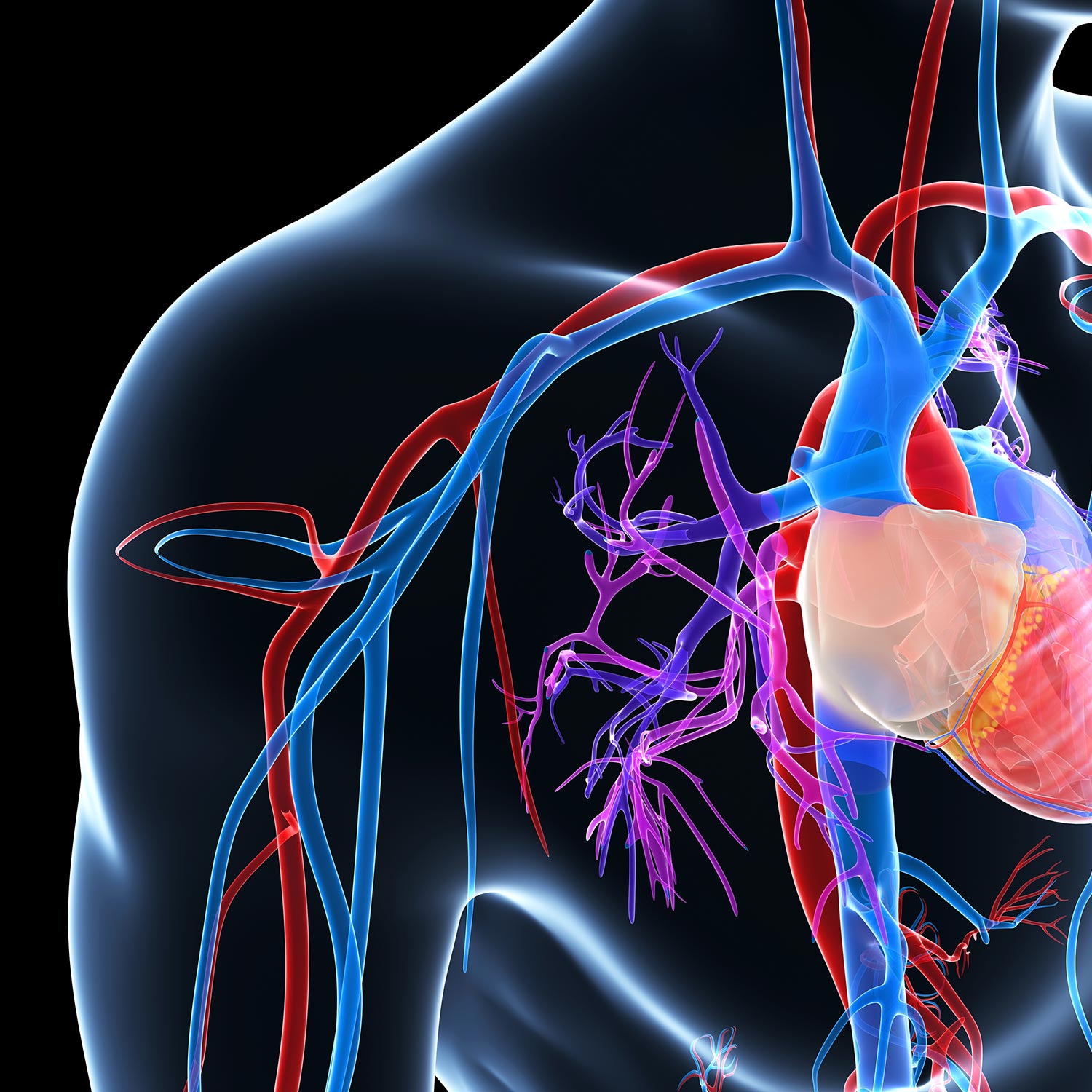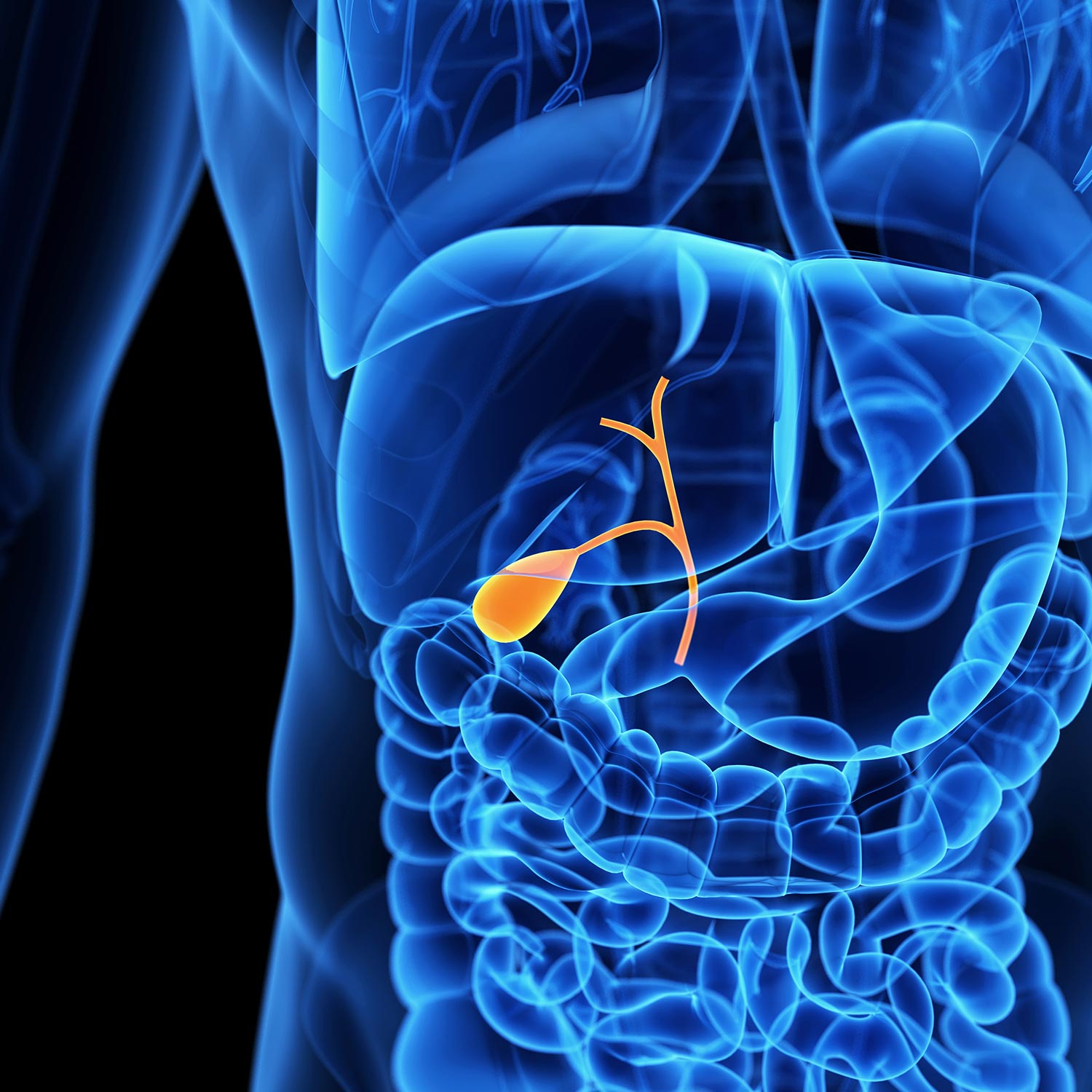

For any operation we do, our goal is to provide an excellent and technically successful procedure using the smallest possible incision and physiologic impact to our patients. Several available technologies assist us in pursuing this goal and are collectively known as minimally invasive surgery. Examples include laparoscopy and robotic-assisted laparoscopy. In general, compared to traditional open procedures, minimally invasive surgery is associated with less pain, a shorter hospital stay and fewer complications.
Laparoscopy was one of the first types of minimally invasive surgery and dramatically changed many abdominal operations. It utilizes small incisions through which plastic tubes called trocars are placed. Through these tubes, carbon dioxide is used to inflate the abdomen and allow visualization of abdominal structures using a camera and telescope. A variety of instruments are available to pass through the trocars for manipulation of tissues to complete the operation. Another type of minimally invasive surgery is robotic-assisted laparoscopic surgery. It provides a magnified, 3-D view of the surgical site and helps the surgeon operate with precision, flexibility and control. Though the term “robotic” can be intimidating, possibly conjuring images of a nonhuman machine having unhindered access to your body, we want to assure you that it is simply another tool that allows us to provide better and more precise care to you. We are in complete control of every motion of the robot throughout your surgery, just like any other surgical instrument.
DaVinci robotic assisted lapropscopy – which is utilized to complete a varitey of lapropscopic procedures
Single site surgery – which is utilized to complete a variety of lapropscopic procedures.
Continual innovations in minimally invasive surgery are making it beneficial for people with a wide range of conditions. We will continue to evaluate and incorporate these innovations when appropriate and when proven by medical data, always with the goal of providing safe, effective, and superior care for you.

Endocrine surgery involves operations that address hormone-producing glands of the body. Hormones are chemicals produced by these glands that travel in the blood stream to different parts of the body and initiate a variety of functions for life. These include regulation of metabolism, blood glucose levels, blood calcium levels, gastrointestinal absorption, blood pressure, and many others. There are a variety of diseases that can affect these glands that might require operative intervention, including abnormal hormone production, development of cancers, and abnormal growth. We perform operations on many of these glands, including the thyroid gland, parathyroid glands, adrenal glands, and the pancreas. When appropriate, we aim to utilize minimally invasive surgical techniques. As with many surgical diseases, with endocrine surgery we emphasize multidisciplinary cooperation with the other members of your health care team, including primary care doctors, endocrinologists, oncologists, radiologists, nephrologists, and others.
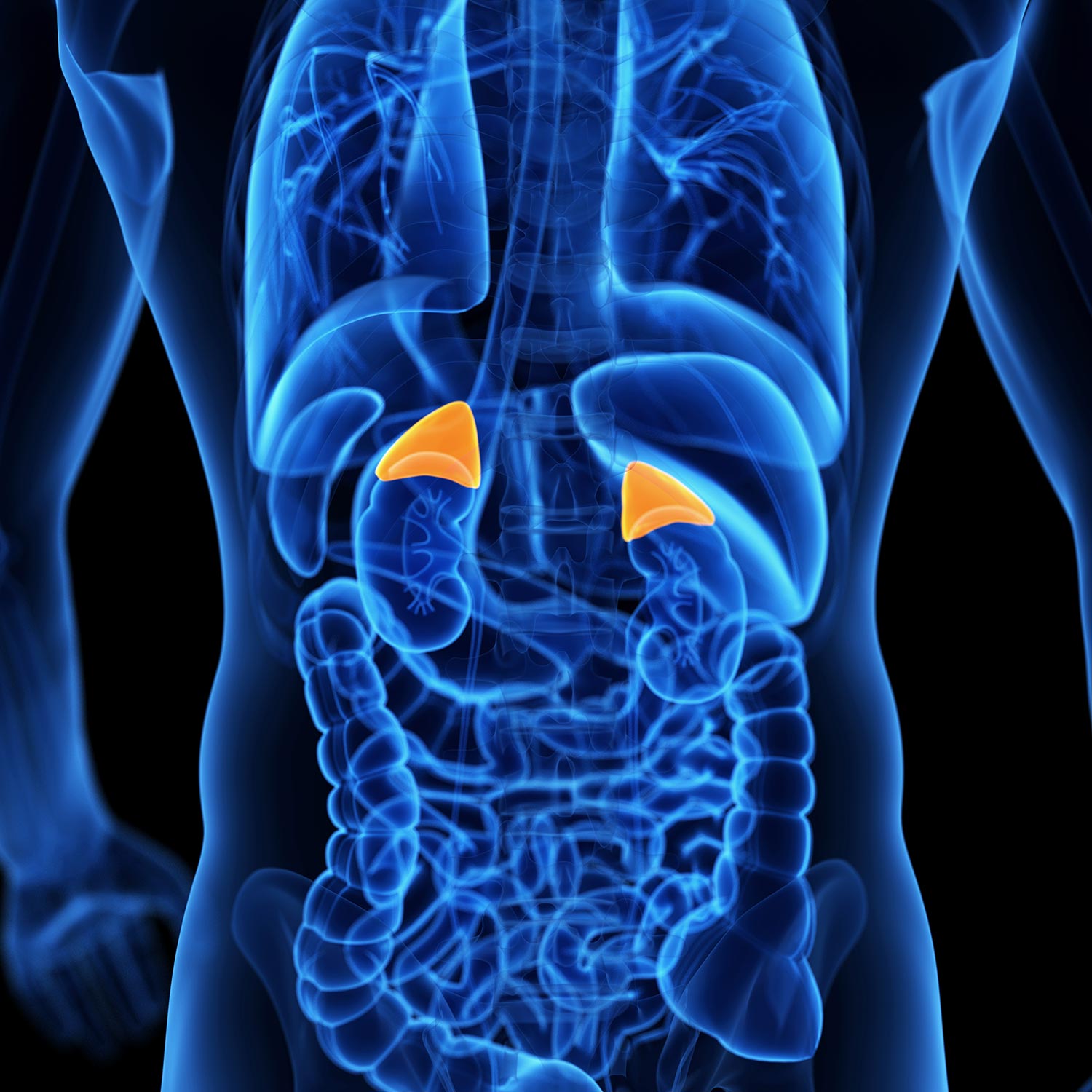
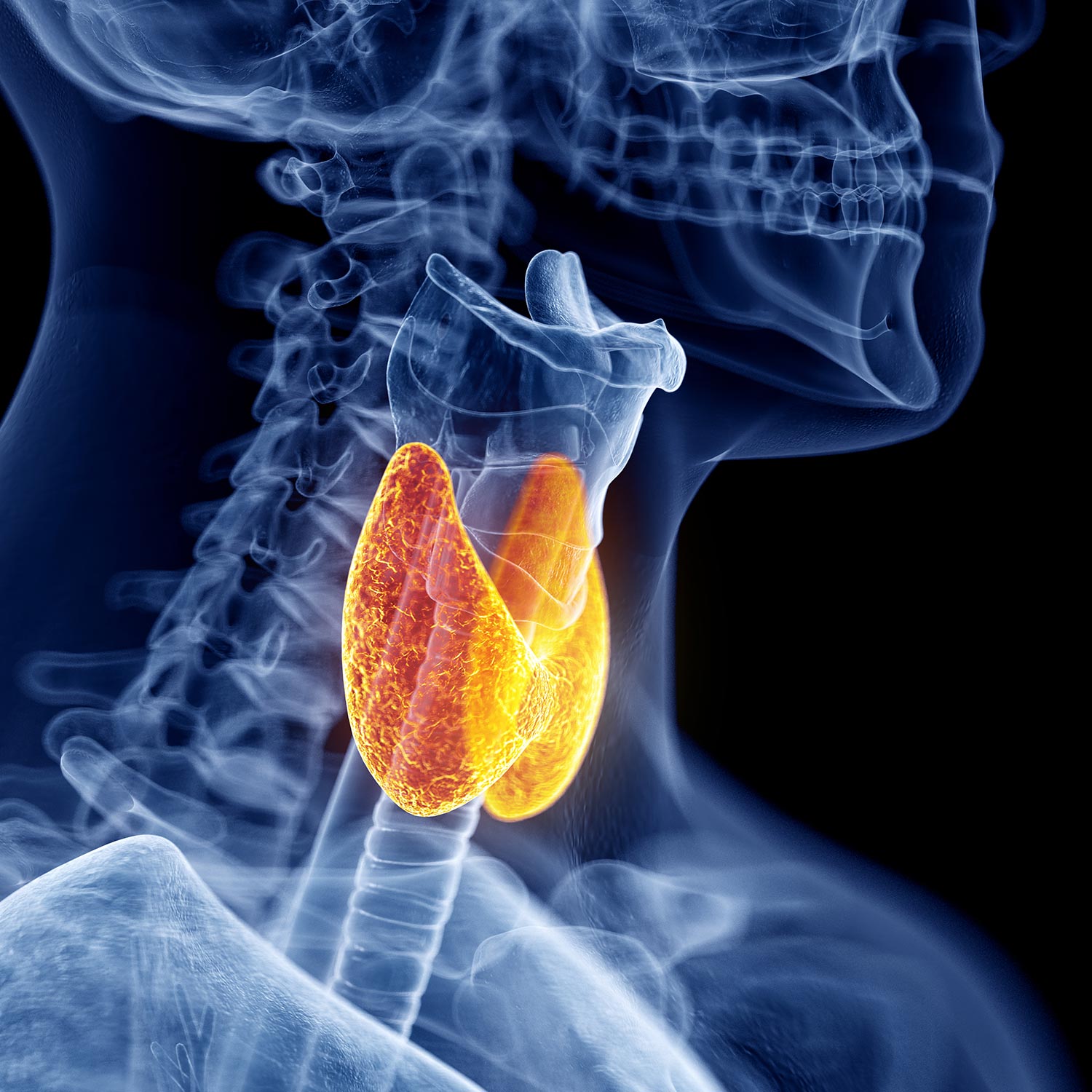
Surgical oncology refers to the surgical treatment of cancers. Cancer care continues to evolve and improve. It is best treated with a multidisciplinary approach that includes surgeons, oncologists, radiologists, pathologists, and others. Goals of cancer surgery include diagnosis (obtaining samples of tissues that a pathologist can examine microscopically to identify the diagnosis) and removal of all visible cancer tissue. This includes the initial cancer growth and any potential areas it might have spread that can safely be removed. To facilitate the complete destruction of all cancer cells, other treatments are used in conjunction. These include radiation therapy to treat surrounding tissues, chemotherapy to kill remaining cancer cells and those that have spread to other parts of the body, and targeted immunotherapy to more selectively kill cancer remaining cells and those that have spread to other parts of the body. In assisting in your cancer treatment, we aim to provide technically excellent, effective, and safe cancer operations in cooperation with your cancer treatment team to best facilitate your care. We provide surgical cancer care for a variety of cancers, including the esophagus, stomach, small and large intestine, liver, pancreas, thyroid, skin melanoma, soft tissues (sarcomas), and others.
Cancers are abnormal growths within the body that can grow into surrounding tissues and spread to other parts of the body. Our bodies are made up of cells that normally divide and replenish themselves throughout our lives. Under normal circumstances, our cells only divide when appropriate and do not grow beyond their appropriate boundaries. And all of this is controlled by the genes located within our cells’ DNA. Through a variety of causes, mutations can occur in cells’ DNA that cause them to divide inappropriately (thus growing in size) and inappropriately grow beyond their boundaries (thus invading surrounding tissues). Metastasis refers to the process in which mutated cancer cells break free and spread to different parts of the body where they lodge and begin to grow in a new place. They can spread by a variety of routes, including the blood stream and lymph vessels. Lymph vessels act as drainage pipes for the body, collecting fluid that normal bathes our tissues. This fluid initially comes from blood vessels that carry nutrients and oxygen to our body. Lymph vessels drain this fluid and carry it ultimately back to the blood stream, emptying into the large vein above the heart. On that journey back to the blood stream, lymph fluid passes through a series of lymph nodes along the way where it is filtered and where white blood cells of our immune system work to remove foreign substances and infectious diseases. Lymph nodes are a common area where cancer cells can lodge and begin to grow.
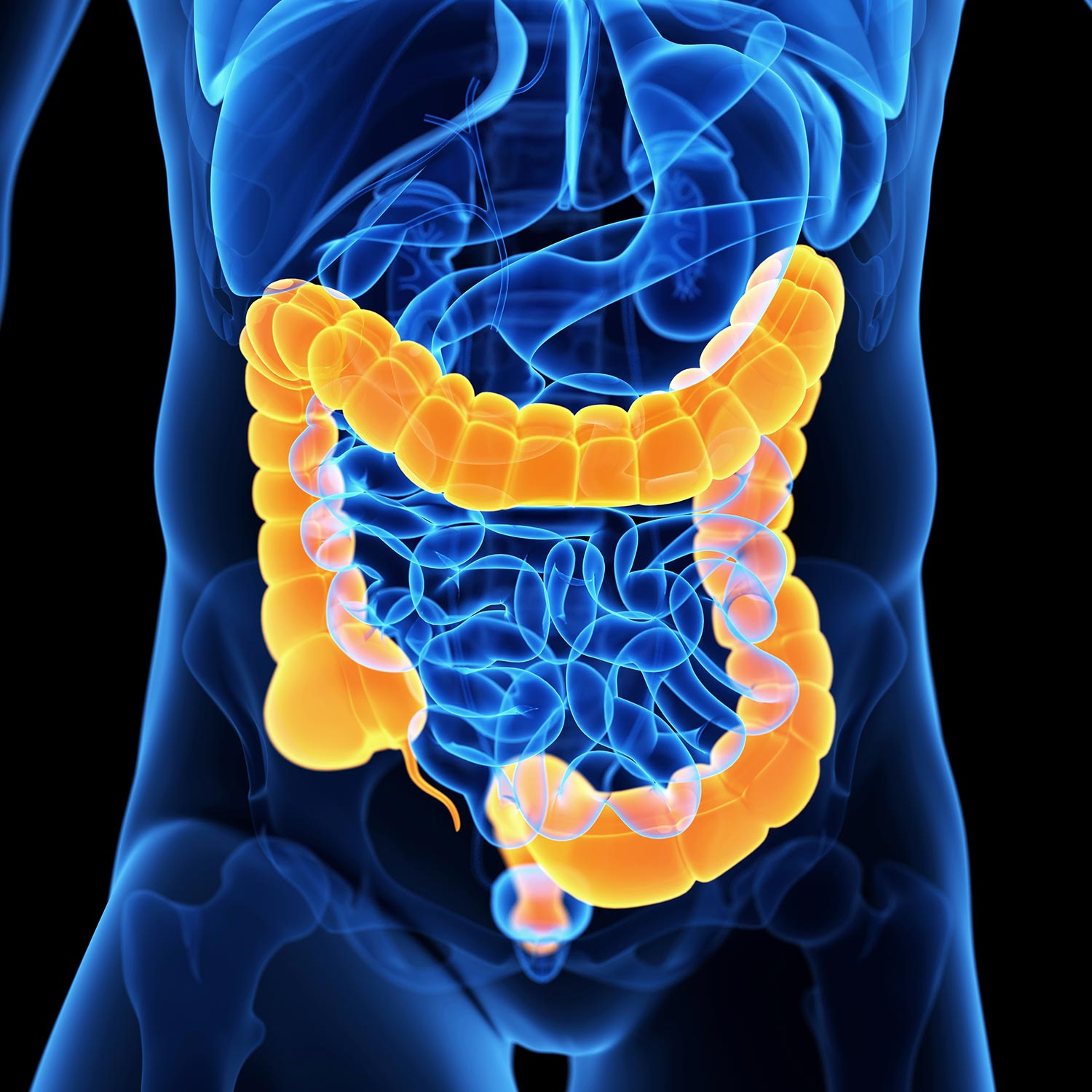
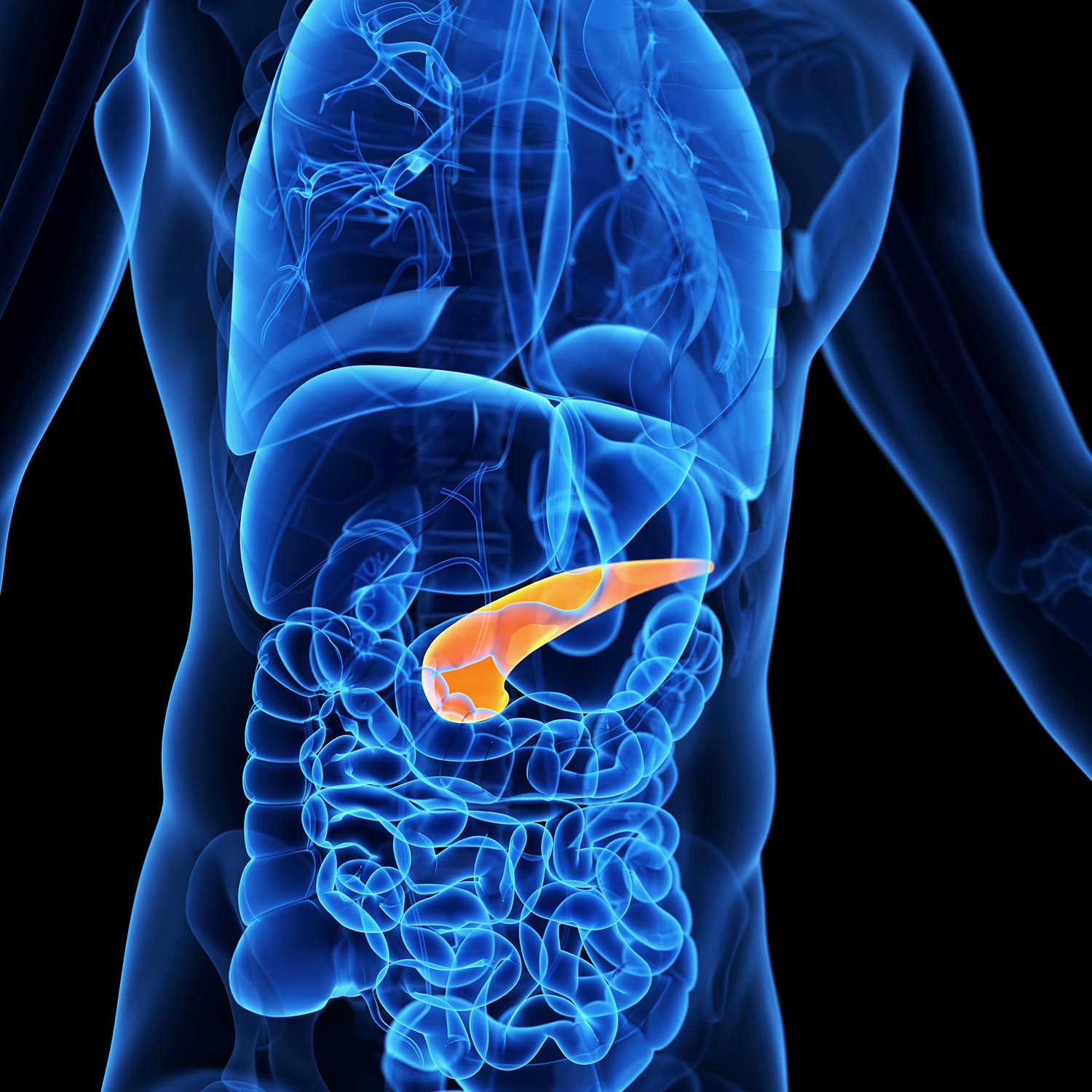
Heartburn and hiatal hernia surgery involved specialized procedures that aim to restore normal anatomy and function to the junction of the esophagus and the stomach. This is complex part of the body where under normal conditions food and drink are passed from the esophagus, in the low-pressure area of our chest, down into the stomach, in the high-pressure area of our abdomen. With normal function, stomach contents should not pass up in the wrong direction. Reflux and heartburn occur when the acidic contents of the stomach inappropriately pass upwards into the esophagus and can cause damage over time. There are a variety of structural and functional abnormalities in this area that can be treated successfully with surgery to improve function and symptoms. Hiatal hernia is one of these abnormalities that contribute to functional derangement of the junction between the esophagus and stomach. The hiatus is the normal opening in the diaphragm (the thin sheet of muscle that separates the chest from the abdomen and contracts to allow breathing) through which the esophagus passes on its way to the stomach. A hiatal hernia occurs when this opening enlarges too big and allows a portion of the stomach (which normally resides below the diaphragm in the abdomen) to slip up above the diaphragm into the chest.
There are a variety of surgical procedures available for treating these abnormalities. These include repair of hiatal hernias and procedures to wrap the stomach around the esophagus to prevent reflux (fundoplication). We also utilize a new technology called the LINX procedure which places an individualized size of ringed magnets around the esophagus to prevent reflux with minimal manipulation of anatomy. We will work with you to individualize your care based on your particular condition, to ensure you receive the right operation for you.


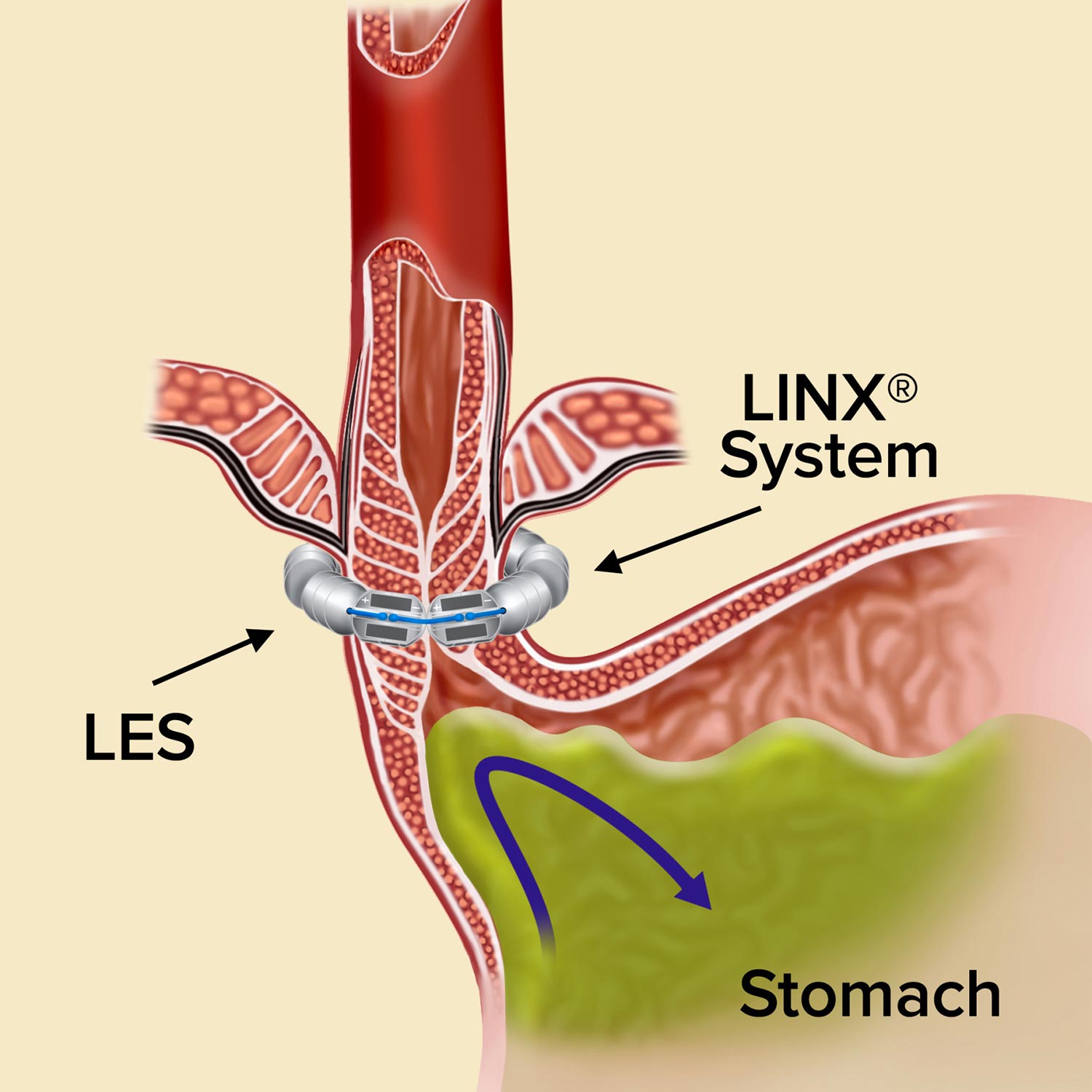
As general surgeons, we provide a wide variety of additional procedures. Common procedures include hernia operations, gallbladder surgery, and appendix surgery. When appropriate, some procedures can be done in the office under local anesthesia, such as the removal of some skin lesions, drainage of some abscesses, and the removal of some cysts and benign tumors. We participate with oncologists in cancer care by placement of venous access ports for the administration of chemotherapy. With any operation, our goal is to provide superior quality care with the least invasive approach to facilitate your return to healthy, normal function.
